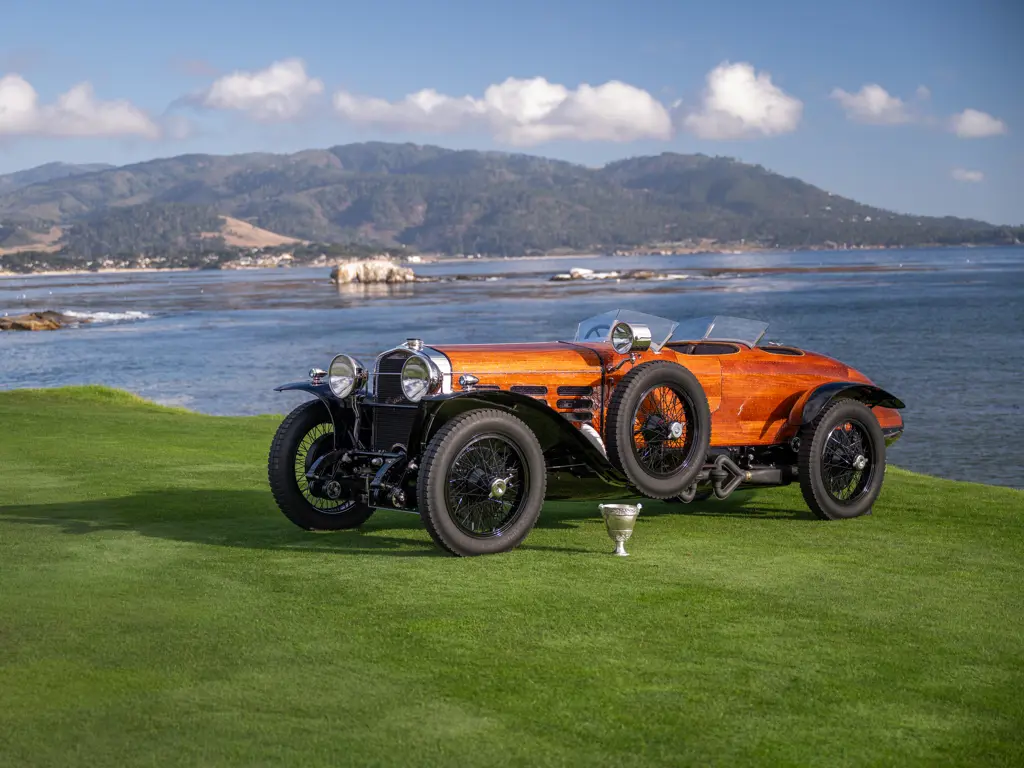Following the news that RM Sotheby’s will soon auction a trio of racing McLarens representing the team’s historic Triple Crown, Adam Hay-Nicholls dives into the history of arguably the greatest prize in motorsport.
The Triple Crown: victory at the Monaco Grand Prix, the 24 Hours of Le Mans, and the Indianapolis 500. It spans the full motor racing cosmos, on asphalt at least, comprising a twisty sprint, a punishing endurance challenge, and a flat-out oval. All three are steeped in history. Many have attempted it, but only one driver and one team has ever scaled all three peaks—Britain’s Graham Hill and McLaren.
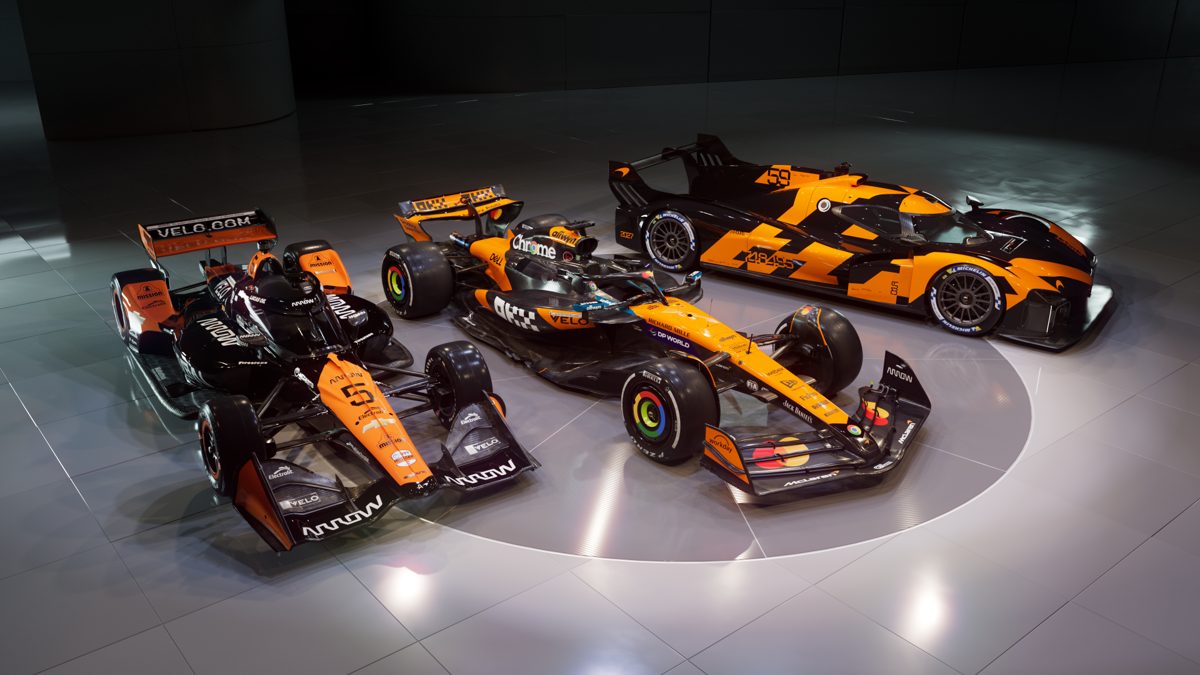
There are very few true grails left in motorsport. Championships come and go; records are broken, then quietly reset. But the Triple Crown endures—not as a formal trophy, not even as an officially sanctioned accolade, but as an idea. And like all the great ideas, it exists in that tantalising space between myth and reality. Monaco, Le Mans, Indy: Three events that share little in geography, culture, or mechanical philosophy—but everything in essence. Each represents the apogee of its discipline, the sharpest edge of man and machine, the crucible in which legends are forged and sometimes broken.
Monaco, the monied high-rise principality on the Mediterranean, has always been the blue riband race for Formula One. It’s an absurd, deafening, dazzling test of precision and nerve. It first hosted a grand prix in 1929, predating the formulation of the Formula One World Championship by 21 years. France’s Le Mans is the long game: 24 hours of attrition, strategy, and endurance through day and night, heat and rain, light and shadow. The toughest test of reliability and stamina, just imagine what it was like the first time in 1923. The Indianapolis 500 is America’s temple of speed, an oval ballet of draft and danger where drivers can reach 230 mph, side-by-side, inches apart. Last Memorial Day weekend marked its 109th running, having first been staged in 1911, making it the oldest of the three.
Only one man has ever achieved it in full: Graham Hill, a former Royal Navy sailor famous for his Dick Dastardly moustache, fashionable sideburns, and witty chat show repartee. He was among the most rakish gentlemen to ever don a helmet. Formula One World Champion in 1962 and 1968, for BRM and Lotus respectively, he completed the Triple Crown with his Le Mans win with Matra in 1972, having already taken victory in the 500 in 1966 driving a Mecom-run Lola-Ford, and no less than five Monte Carlo wins in 1963, ’64, and ’65 with BRM, and ’68 and ’69 with Lotus. This achievement rightly earned him the sobriquet ‘Mr Monaco.’ Among his other achievements was raising future Formula One champion Damon Hill and teaching the now King Charles III how to drive. Tragically, Graham died piloting his aeroplane in 1975, aged 46.
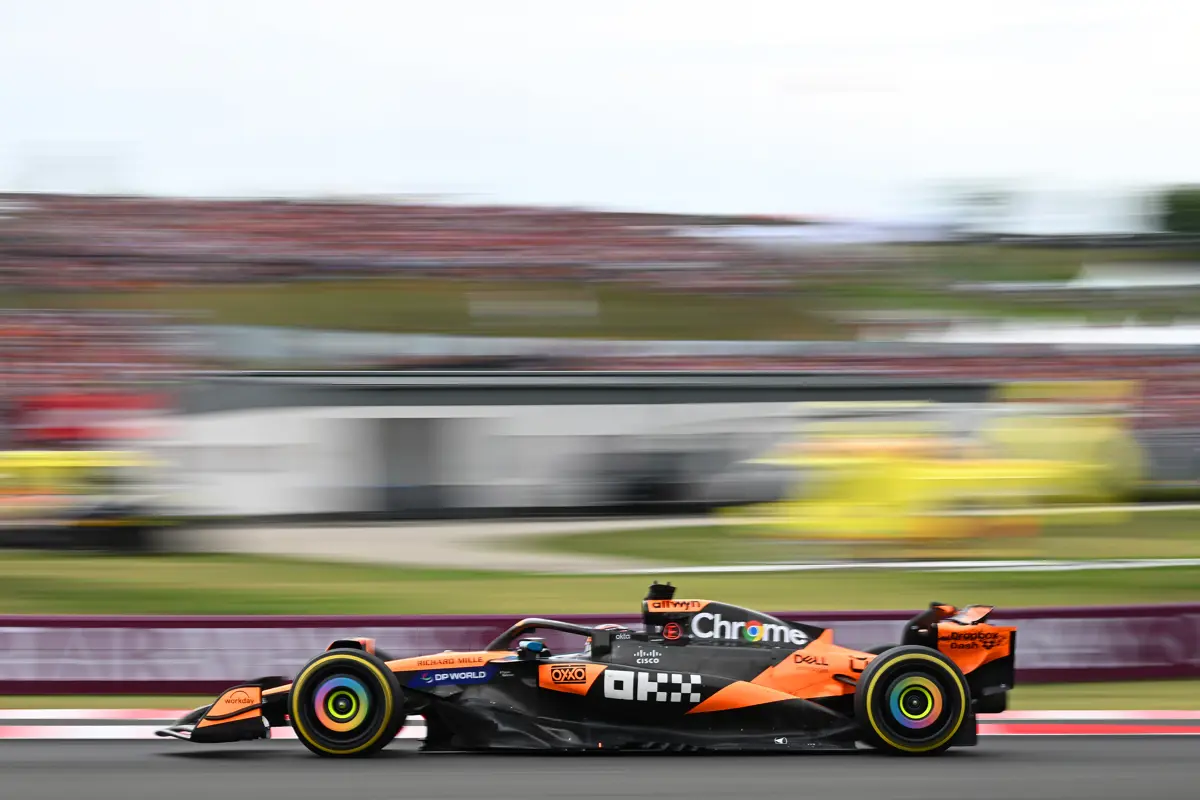
The Triple Crown is a testament to Hill’s ability to adapt, and the fact he’s the only man to have done it proves just how hard it is. He treated Monaco like a dance partner; respectful of its rhythm, it was about grace under pressure. Indianapolis demanded the opposite. The high-speed geometry of oval racing is a different skill entirely. At the height of the Jet Age, Hill crossed the Atlantic to take on the world’s most daunting oval against homegrown heroes who knew every bump and groove. The Englishman’s win, in a hastily assembled car and on his first attempt, remains one of the great intercontinental triumphs. There was no bravado, just an unflappable racing driver (you could imagine him as a Spitfire pilot) adapting at the limit as the air itself whispered its secrets to him at 200 mph. Then at Le Mans in ’72, the last piece of the puzzle, Hill was coming close to retirement. He raced the V-12-engined Matra-Simca MS670 with Henri Pescarolo as his teammate. Hill—older, wiser, still ferociously competitive—guided the blue Matra through the darkness and into history.
If Hill’s Triple Crown was an individual triumph, McLaren’s is an industrial one. McLaren has been woven through all three events like a strand of DNA—sometimes as constructor, sometimes as enabler, always as instigator. The marque has competed and won in every corner of the sport, from Formula One (where it’s secured 10 World Constructors’ Championships, most recently this season) to Can-Am to IndyCar to endurance racing, and even to off-road rallying via Extreme E. No other team, not even Ferrari, has quite the same breadth of achievement. And it is this omnivorous appetite—this refusal to be contained by one discipline—that places McLaren so close to the beating heart of the Triple Crown itself.
For McLaren, Monaco has been the most bountiful playground, where they hold the record of 16 wins (the next best, Ferrari, have 11 stretching back to 1952). The team’s first Monaco win came in 1984, when Alain Prost piloted the MP4/2—a car co-engineered by John Barnard, whose carbon fibre monocoque revolutionised Formula One. That rain-soaked race would be immortalised less for Prost’s victory than for the arrival of a young Ayrton Senna, who hunted him down in a Toleman like a piranha scenting blood. But within a few short years, Senna would join McLaren, and the bond between driver, team, and circuit would become legend. From 1988 to 1993, Senna and his red and white McLaren reigned in Monaco just like Prince Rainer. Senna scored six wins in total, with his five for McLaren consecutive. Today, McLaren returns to Monaco with a kind of ancestral reverence. Lando Norris, orange-clad and optimistic, took his first win in the Principality in May.
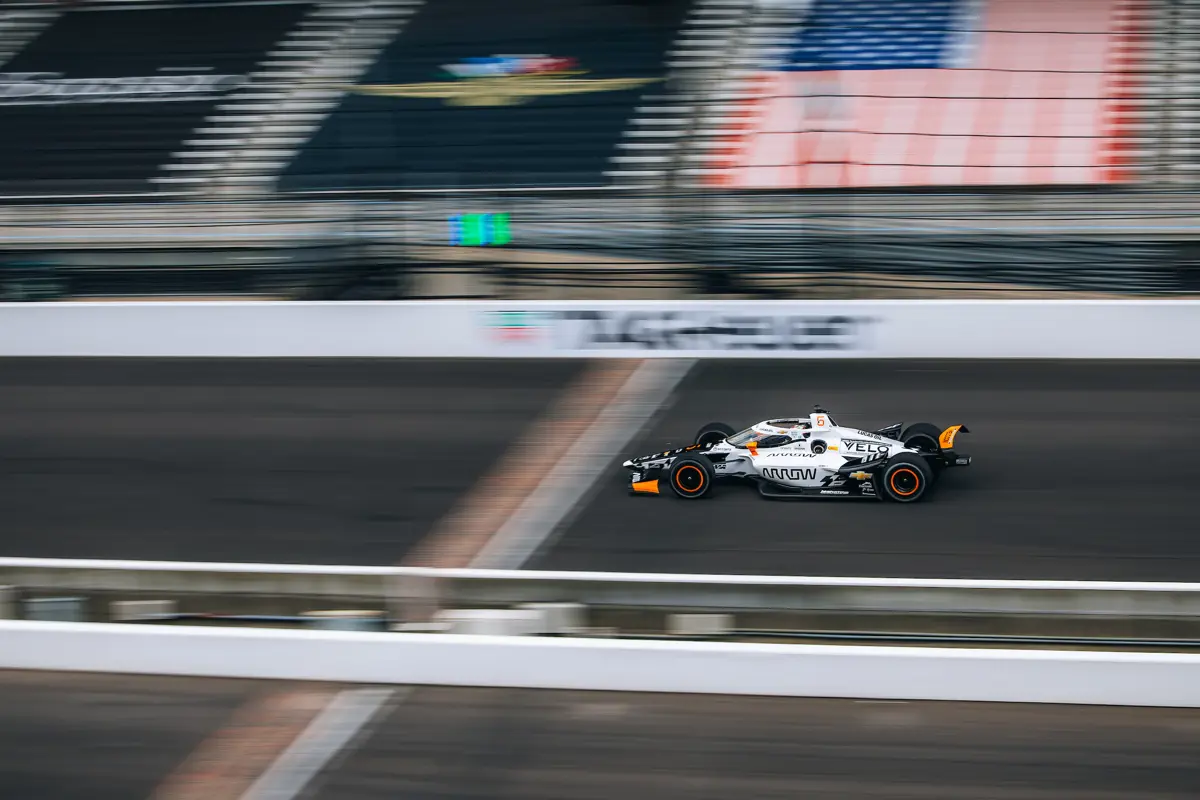
If Monaco is about finesse, Indianapolis is about courage. And for McLaren, it has always represented a frontier—founder Bruce McLaren’s Kiwi instinct to go west, to explore, to dare. Bruce himself first raced at Indy in the mid-1960s, when the team partnered with Ford and the British specialist Lola. But it was in 1972 that McLaren stamped its authority on the Brickyard, when Mark Donohue, driving a Sunoco-liveried McLaren M16B for Team Penske, won the 500. The M16 was a masterpiece—a wedge-shaped, turbocharged rocket designed with Formula One principles and American muscle. The car’s successors were official McLaren factory entries. The M16C and M16D, dominated the mid-1970s. Johnny Rutherford, resplendent in his white cowboy hat, took victory in 1974 and 1976, making McLaren one of the defining forces of Indy’s golden era.
After a hiatus of several decades, McLaren returned to Indianapolis in the 21st century with the same quiet ambition. Fernando Alonso’s 2017 entry, in collaboration with Andretti Autosport, reignited the dream. Double-Formula One champ Alonso, already a two-time Monaco winner (2006 with Renault, 2007 with McLaren) and Le Mans victor (2018 and ’19, both with Toyota), was chasing his own Triple Crown. Though it ended in mechanical failure, it reasserted McLaren’s Stateside ambitions. Alonso and McLaren returned in 2019 and 2020 for another go. For now, Alonso’s desire to equal Graham Hill is on hold while he rounds off his Formula One career, but McLaren are going full throttle. Since 2020, they’ve partnered with Schmidt Petersen to form Arrow McLaren and contest the full IndyCar championship season, racking up nine wins with Pato O’Ward. The Mexican star and Arrow McLaren came second in the 500 in 2022 and 2024.
And then there is Le Mans—the most storied, most romantic, and most punishing of all. McLaren’s relationship with the French classic has always been one of intermittent brilliance, a meteor flashing briefly but blindingly across the Sarthe sky. The 1995 24 Hours of Le Mans remains one of the great fairytales of modern motorsport. Against all odds, against all reason, the McLaren F1 GTR—a car designed not as a racing prototype but as a roadgoing hyper-GT—won outright on its debut. It was a victory that defied the logic of the age. The F1 GTR was heavier and less powerful than the purpose-built prototypes it faced. But it was beautifully balanced, aerodynamically efficient, and mechanically bulletproof.
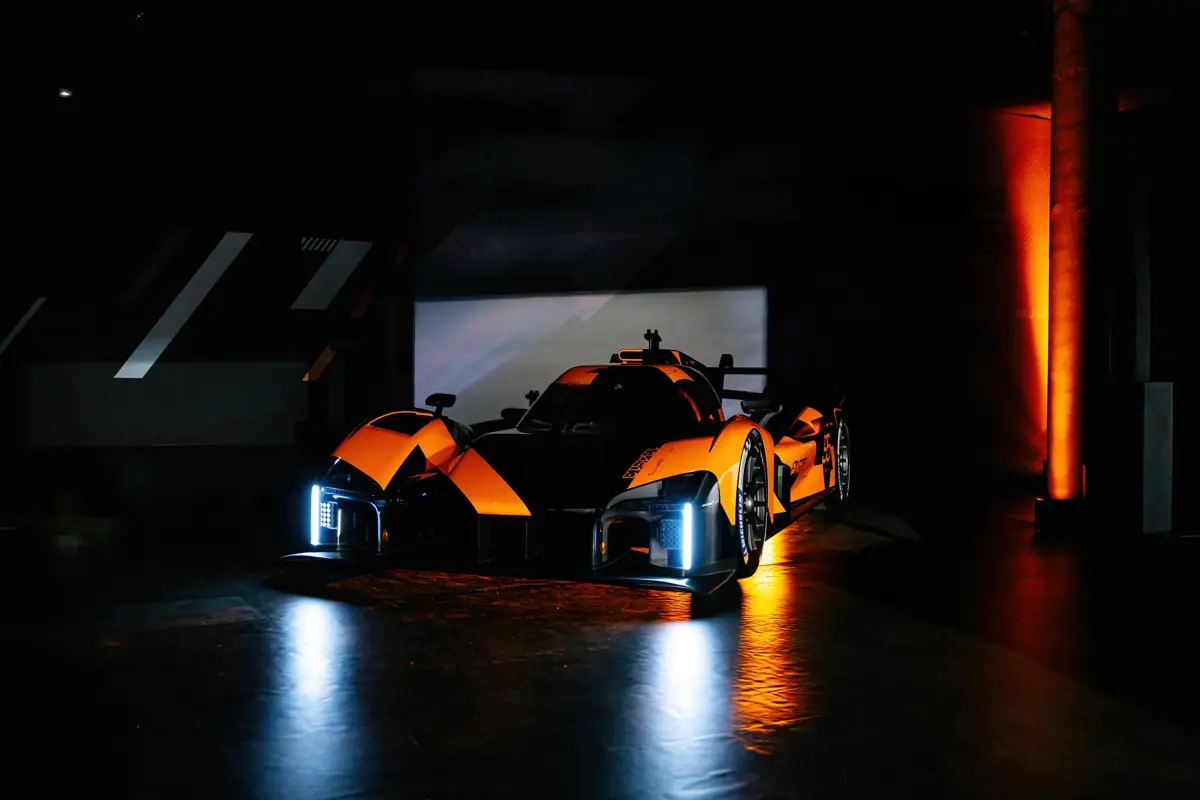
JJ Lehto, Yannick Dalmas, and Masanori Sekiya drove the winning no.59 Kokusai Kaihatsu McLaren. Four F1 GTRs finished in the top five. In the years since, McLaren’s flirtation with endurance racing has ebbed and flowed. The F1’s successor, the P1, was a hypercar for the digital age—a hybrid dream rather than a 24-hour warrior. But the thrill of 1995 still lingers in the company’s imagination, and there is talk once more of a return to Le Mans under the top-tier Hypercar (LMH) banner, to take on the likes of Ferrari, Porsche, Toyota, Aston Martin, and Cadillac. McLaren’s bullish CEO Zak Brown has set an almighty goal, potentially for 2027: To win the Triple Crown again—all in one year!
As we move into the late 2020s, the notion of the Triple Crown feels almost quaint—a relic from a time when drivers hopped between disciplines from one weekend to the next. A time when constructors chased adventure rather than algorithmic perfection. And yet, in McLaren’s story, the Crown still glows with meaning. The Triple Crown is not, and has never been, about perfection. It’s about pursuit. About the refusal to settle. About the idea that somewhere, beyond the next corner or across the next ocean, lies another challenge waiting to be mastered.
The Triple Crown endures because it resists completion. It is an idea that constantly renews itself, a challenge that beckons each new generation of racers and constructors. Graham Hill achieved it once, and the fact that no one has done so since makes it all the more potent. It exists as a reminder that greatness in motorsport is not about domination within a silo, but mastery across the whole spectrum. Hill’s Triple Crown was an assertion of the individual’s capacity to adapt; McLaren’s is the institutional manifestation of that same idea. Hill could climb into anything with wheels and make it sing. McLaren could build anything with wheels and make it win.
It’s telling that Fernando Alonso, in chasing Hill’s achievement, turned to McLaren. Perhaps after the Spaniard parts from Aston Martin and retires from Formula One, he will reunite with McLaren and they can win it together.


